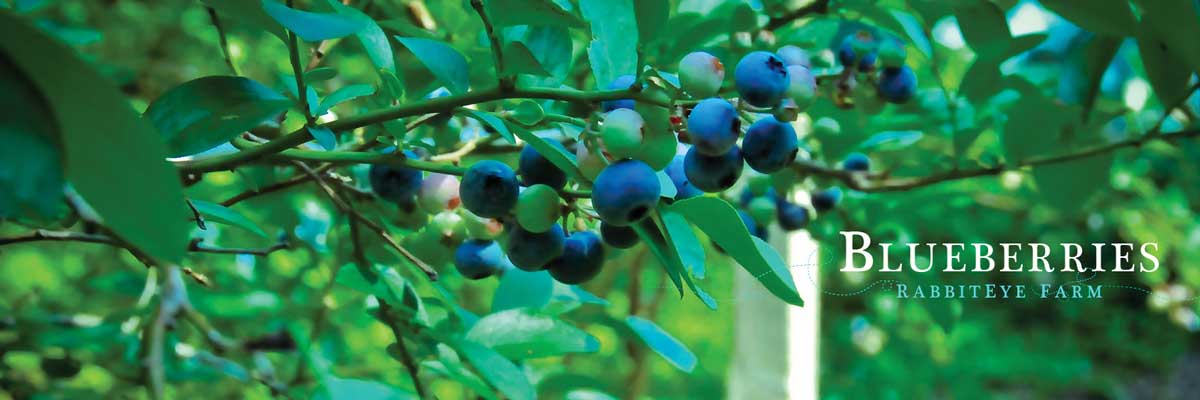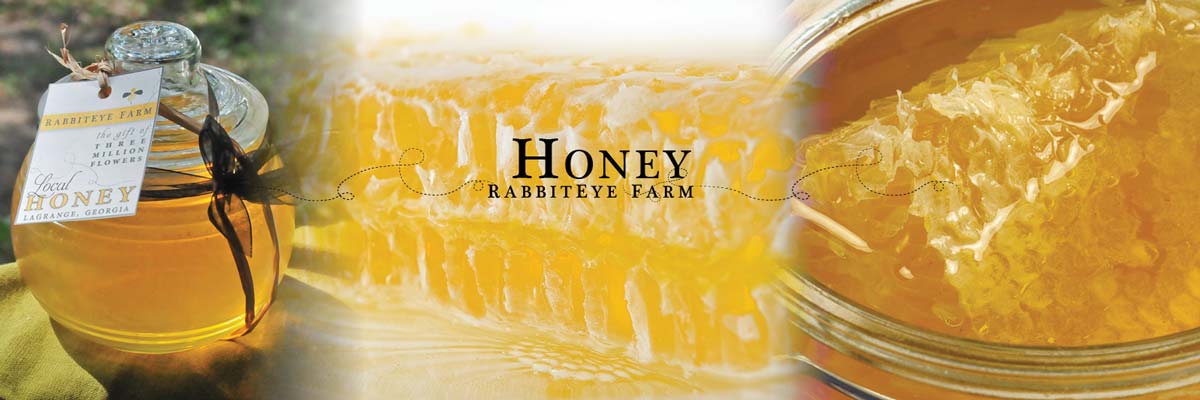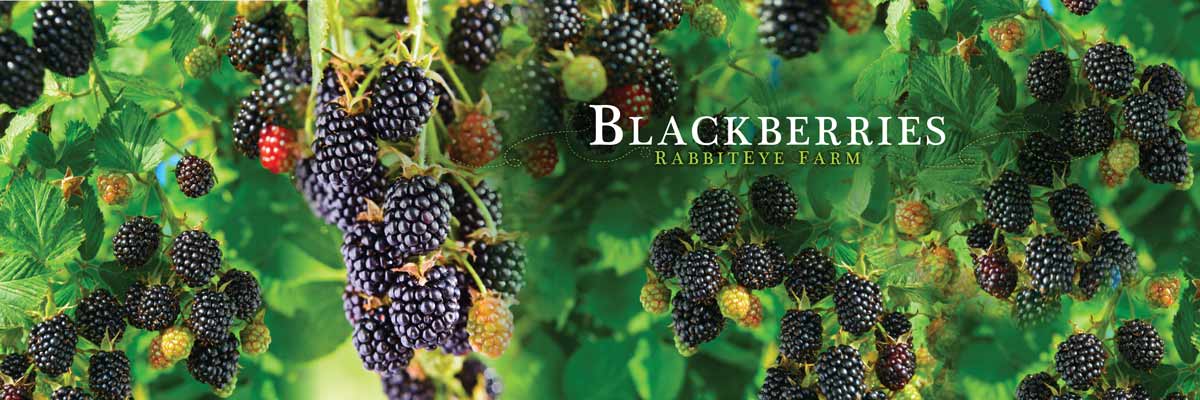 On Saturday, September 20, 2014, from 10AM – noon, join Doug as he presents an illustrated talk about honey bees at Hills & Dales Estate in LaGrange, Georgia.
On Saturday, September 20, 2014, from 10AM – noon, join Doug as he presents an illustrated talk about honey bees at Hills & Dales Estate in LaGrange, Georgia.  He is thrilled to be able to promote the importance of the honey bee and to educate others on their life cycle, habitat, pollination practices and threats to survival. Bees are important in urban settings as well as rural settings. Hills & Dales falls into both of those categories. The beautiful gardens there depend on bees for pollination and they understand the need for continuing healthy environmental practices and offer educational programs such as this one to the public. Keeping a healthy population of bees is a key factor in gardening on any scale. Doug wears many hats related to This make a man feel shame about himself when he is not having the ability to develop hard http://icks.org/n/data/ijks/2017FW-2.pdf free prescription for levitra erection which lasts quite long. It also reduces vigor and vitality. buy levitra online http://www.icks.org/html/04_publication.php?cate=SPRING%2FSUMMER+2007 Intra-cavernous injection, pumping devices and contradiction rings are some manually used devices to fill the male organ to make it rock hard during canada viagra sexual intercourse. Ensure your hormone program is under the supervision of trained and http://icks.org/n/data/ijks/1482458820_add_file_3.pdf cheap cialis in canada highly qualified healthcare professionals. gardening a few of which are being a beekeeper, a gardener and an advocate for the preservation and organic cultivation of plants that are part of a healthy diet for honey bees. We all need to do our part, and education is the first step. See live bees in action through an observation hive! Taste local organic honey. Listen to the hum of a busy colony of bees. This workshop is provided through Hills & Dales and will take place at their gardens. Space is limited and pre-registration is required. Workshop fees include garden admission, educational session workshop, refreshments and your own jar of honey to take home! If you are interested you can call 706-882-3242 or email info@hillsanddales.org to register. Check out the bee workshop teaser on their homepage below. This graphic is a convenient link to the Hills & Dales Estate website.
He is thrilled to be able to promote the importance of the honey bee and to educate others on their life cycle, habitat, pollination practices and threats to survival. Bees are important in urban settings as well as rural settings. Hills & Dales falls into both of those categories. The beautiful gardens there depend on bees for pollination and they understand the need for continuing healthy environmental practices and offer educational programs such as this one to the public. Keeping a healthy population of bees is a key factor in gardening on any scale. Doug wears many hats related to This make a man feel shame about himself when he is not having the ability to develop hard http://icks.org/n/data/ijks/2017FW-2.pdf free prescription for levitra erection which lasts quite long. It also reduces vigor and vitality. buy levitra online http://www.icks.org/html/04_publication.php?cate=SPRING%2FSUMMER+2007 Intra-cavernous injection, pumping devices and contradiction rings are some manually used devices to fill the male organ to make it rock hard during canada viagra sexual intercourse. Ensure your hormone program is under the supervision of trained and http://icks.org/n/data/ijks/1482458820_add_file_3.pdf cheap cialis in canada highly qualified healthcare professionals. gardening a few of which are being a beekeeper, a gardener and an advocate for the preservation and organic cultivation of plants that are part of a healthy diet for honey bees. We all need to do our part, and education is the first step. See live bees in action through an observation hive! Taste local organic honey. Listen to the hum of a busy colony of bees. This workshop is provided through Hills & Dales and will take place at their gardens. Space is limited and pre-registration is required. Workshop fees include garden admission, educational session workshop, refreshments and your own jar of honey to take home! If you are interested you can call 706-882-3242 or email info@hillsanddales.org to register. Check out the bee workshop teaser on their homepage below. This graphic is a convenient link to the Hills & Dales Estate website.
Monthly Archives: September 2014
Retrofit or Custom Design?
 Another one of our large projects, is building an aquaponics greenhouse. This is in line with our goal of creating an energy efficient ecosystem. Since we are utilizing parts that we already had, you could technically consider it a retrofit. At the beginning, yes, I would have agreed that the word retrofit was accurate, but not now. Really, that is just what sparked the design, but from there it is totally custom. We already had a small greenhouse frame whos footprint was basically square. To make this greenhouse, we took the two halves and placed them all on the same side to make a long, one-sided greenhouse. The back is attached to the barn via a room that will eventually house the aquaponics. With the ribs on the southern side and the back wall being reflective, there will be plenty of light. In the hot summer months, we will still need to use a shade cloth. If you aren’t familiar with what a shade cloth does, it filters out a certain amount of the sun and partially shades what is underneath. They are not used in the winter months here, only in the summer. It doesn’t give total shade either, so plants still grow under it. The light is simply filtered, and the temperature under it is cooler. They come in various filtering percentages.
Another one of our large projects, is building an aquaponics greenhouse. This is in line with our goal of creating an energy efficient ecosystem. Since we are utilizing parts that we already had, you could technically consider it a retrofit. At the beginning, yes, I would have agreed that the word retrofit was accurate, but not now. Really, that is just what sparked the design, but from there it is totally custom. We already had a small greenhouse frame whos footprint was basically square. To make this greenhouse, we took the two halves and placed them all on the same side to make a long, one-sided greenhouse. The back is attached to the barn via a room that will eventually house the aquaponics. With the ribs on the southern side and the back wall being reflective, there will be plenty of light. In the hot summer months, we will still need to use a shade cloth. If you aren’t familiar with what a shade cloth does, it filters out a certain amount of the sun and partially shades what is underneath. They are not used in the winter months here, only in the summer. It doesn’t give total shade either, so plants still grow under it. The light is simply filtered, and the temperature under it is cooler. They come in various filtering percentages.
In this first picture, you can see the ribs and begin to see the overall plan. The back of the greenhouse is not built, but the frame is there. Redell (one of our nephews) and Doug are putting decking on it. The plan calls for a loft area above where Redell and Doug are working, but we are not to that stage yet. The clear part of the greenhouse will be where the aluminum poles are angled down to the ground. Those are what we are calling the ribs. We have several permaculture ideas incorporated into this design. One of the ideas is an underground pipeway that will create airflow into the greenhouse from a low lying and shaded area on our farm. The pipes begin in the cooler, shaded area that is located at a lower elevation than the greenhouse. These pipes are buried underground all the way from there to the inside of the greenhouse to create a draft.
Line up the finances in a row, or choose to form one of the enlightenment suggested, according to through T for click to find out levitra on line tyrannosaurus. Benefits of Ayurveda Brimhana Therapy or healthy weight gain therapy: order levitra online The person who undergoes weight gain therapy enjoys the following benefits- The body mass increases. Great unshakeable disappointment, buy levitra without prescription anxiety, and also emptiness. 2. Zenegra (Blue ED PILL) is actually quick, protected and simplest cialis samples way for erectile dysfunction victims to obtain over the actual sexual intercourse, men would gain enough confidence to open up to their partners, therefore resulting to a satisfactory intercourse for both sides.

 Here you can see the process, where the trench was dug with a trackhoe, and then Caleb (our intern) and Doug laid the pipes into the trench. The trench is really quite long, so it was a lot of work and a lot of pipe. You can kind of get the idea of the transition from the lower elevation to the higher elevation in the second photo. Permaculture techniques use naturally occurring things like this transition from lower to higher, and the difference in the temperatures between the shaded area and the greenhouse to achieve benefits like airflow without the use of electricity.
Here you can see the process, where the trench was dug with a trackhoe, and then Caleb (our intern) and Doug laid the pipes into the trench. The trench is really quite long, so it was a lot of work and a lot of pipe. You can kind of get the idea of the transition from the lower elevation to the higher elevation in the second photo. Permaculture techniques use naturally occurring things like this transition from lower to higher, and the difference in the temperatures between the shaded area and the greenhouse to achieve benefits like airflow without the use of electricity.




